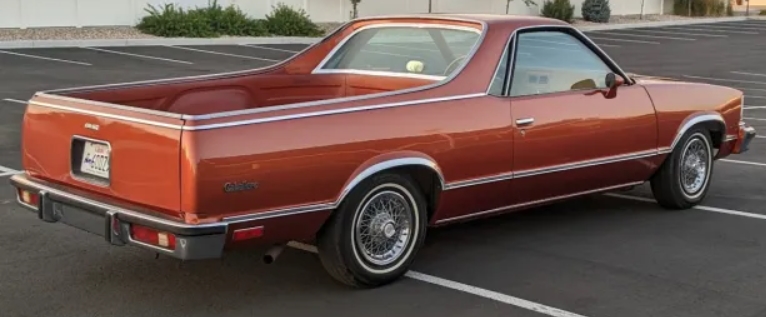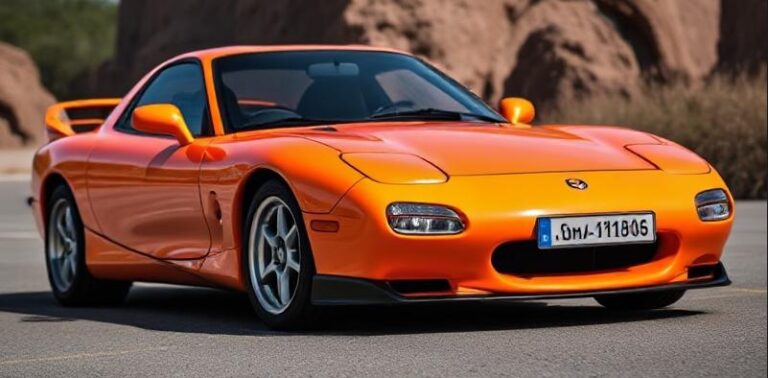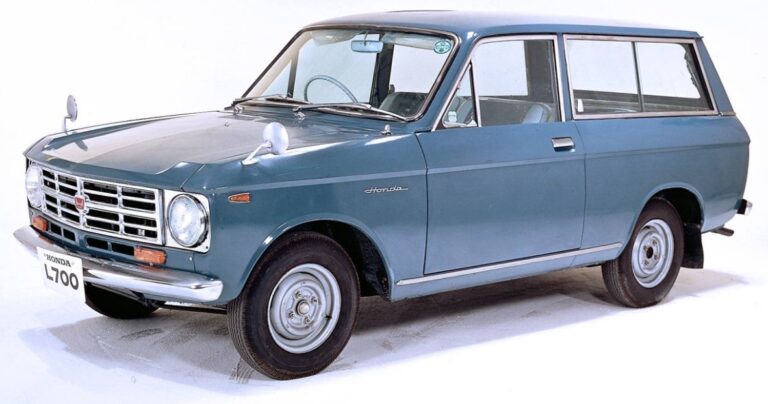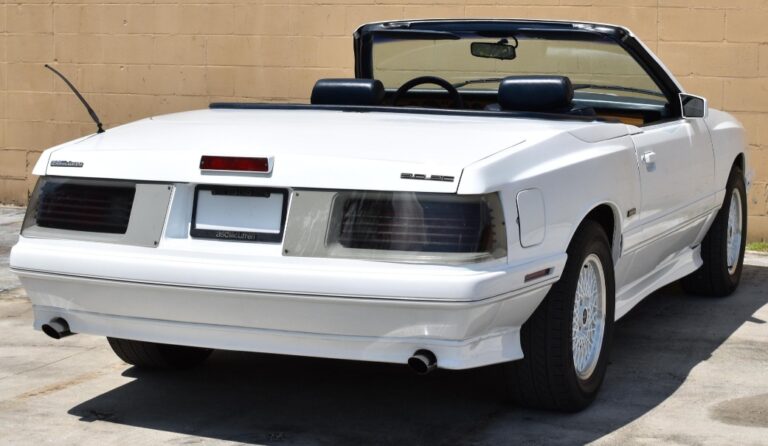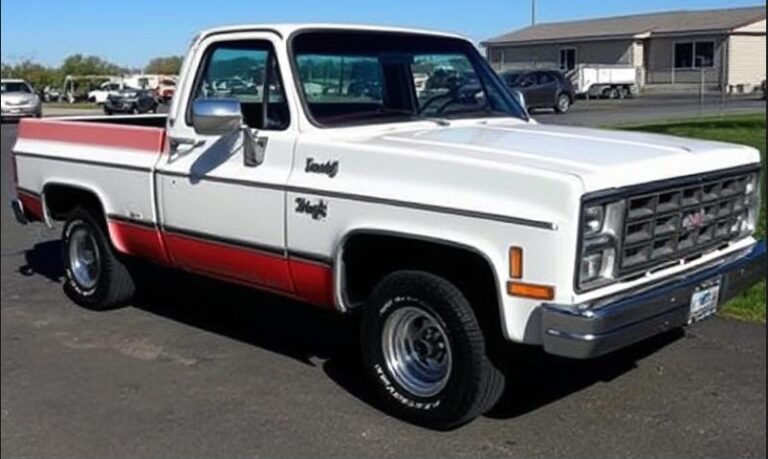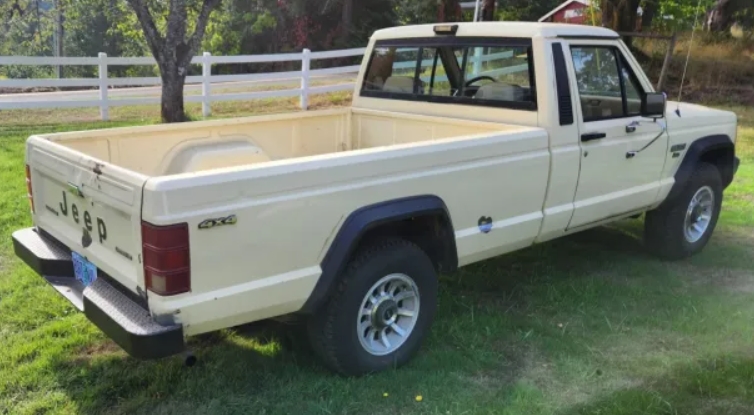The Evolution of the GMC Caballero: A Comprehensive Guide
The GMC Caballero is one of those classic vehicles that captures the hearts of automotive enthusiasts and collectors alike. Originally launched in the late 1970s, the Caballero is a unique blend of a pickup truck and a passenger vehicle, designed to cater to both utility and comfort. Over the years, the Caballero saw various changes in design, performance, and technology before it was ultimately phased out in the mid-1980s. This article will take you through the history of the GMC Caballero, its trims, its models, and its legacy.
Origins and Production Years
1978-1987: Birth of the Caballero
The GMC Caballero debuted in 1978 as a part of the GM G-body platform, which also included vehicles like the Chevrolet El Camino. This design was characterized by its slick lines and car-like body style, combined with the practicality of a pickup bed. The Caballero was produced continuously until 1987, thus spanning a decade of modifications and refinements.
1978-1981: First Generation
The first generation of the GMC Caballero was produced from 1978 to 1981. It shared its underpinnings with the Chevrolet El Camino, but at GMC, the focus was on offering a slightly more upscale version of the El Camino.
- Models and Trim Levels: The initial lineup featured the base model and the “Custom” trim. The base models were relatively simple, featuring standard bench seats and basic interior amenities. The Custom models included more appealing upgrades like vinyl seating, improved upholstery, and additional chrome accents.
1982-1986: Second Generation
In 1982, the Caballero underwent a facelift, marking the second generation that lasted until 1986. This era introduced a more aggressive front-end design, along with notable improvements in engine performance and comfort.
- Models and Trim Levels: The Caballero came in several more specialized trims during this time. The “Caballero Supreme” emerged as the higher-end option, featuring a host of luxury items such as air conditioning, power windows, and upgraded sound systems.
- Engine Options: For the majority of its production run, the Caballero was equipped with different powertrains, including the robust 5.0L and 5.7L V8 engines. Early years featured a 4.4L V8 engine as an option for buyers seeking a bit more efficiency.
1987: The Final Year
The year 1987 marked the last chapter for the GMC Caballero. General Motors shifted its focus toward more specialized pickup trucks and the G-body platform was increasingly sidelined in favor of the newer C and K truck series.
- Lasting Features: Throughout its production lifespan, the Caballero offered a wide range of color options and customizable features that appealed to different buyers. From its last model year, buyers could choose between a variety of engines, including the standard 4.3L V6 that epitomized reliability.
.

.
Evolution of Design and Performance
Design Characteristics
Throughout its production lifespan, the GMC Caballero maintained an aesthetic that blended sportiness with utility. The model’s signature curved lines and low-slung profile made it a standout among its contemporaries, while its truck bed offered the flexibility for hauling goods.
Performance Evolution
The evolution of the GMC Caballero also extended to its performance. Earlier models emphasized a blend of power and fuel efficiency, adapting to the oil crises of the late 1970s and early 1980s by offering smaller, more fuel-efficient engines. The introduction of larger V8 engines later in the production run highlighted a shift back to performance-oriented driving.
Cultural Impact
The GMC Caballero soared in popularity during its initial years, particularly among young and emerging demographic groups that embraced its dual nature as a car and a truck. It was popular with various professionals who either needed the utility of a truck or desired the comfort of a passenger car.
The Caballero also played a notable role in popular culture, often seen in movies and television shows from the 1980s. Its unique styling made it a favorite among film directors and character builds, helping immortalize its image during an era that revered aesthetic design in automotive engineering.
The Legacy of the GMC Caballero
Collector’s Market
Today, the GMC Caballero has garnered something of a cult following among classic car collectors. They appreciate its unique standing between trucks and cars and are on the lookout for well-preserved models. The availability of parts due to its shared platform with the El Camino helps enthusiasts restore these vehicles to their former glory, making it an accessible option for first-time restorers.
Influence on Future Models
The Caballero left behind a legacy that influenced the design and marketing of crossover vehicles that would later become so popular in the automotive world. Its spirit can be seen in vehicles that blur the boundaries between utility and luxury.
Conclusion
The GMC Caballero exemplifies the blend between performance and practicality, catering to a diverse audience during its production years. While it ceased production over three decades ago, its legacy endures in automotive culture and amongst enthusiasts. With its elegant lines and versatile utility, the Caballero is more than just a vehicle; it’s a piece of automotive history that continues to inspire those passionate about cars and the stories they tell.
The evolution of the GMC Caballero serves as a reminder of an era when manufacturers dared to step beyond conventional categories, creating vehicles designed for both work and play. Whether one is an avid collector or simply an admirer of classic cars, the GMC Caballero represents a unique chapter in automotive history worthy of remembrance.
